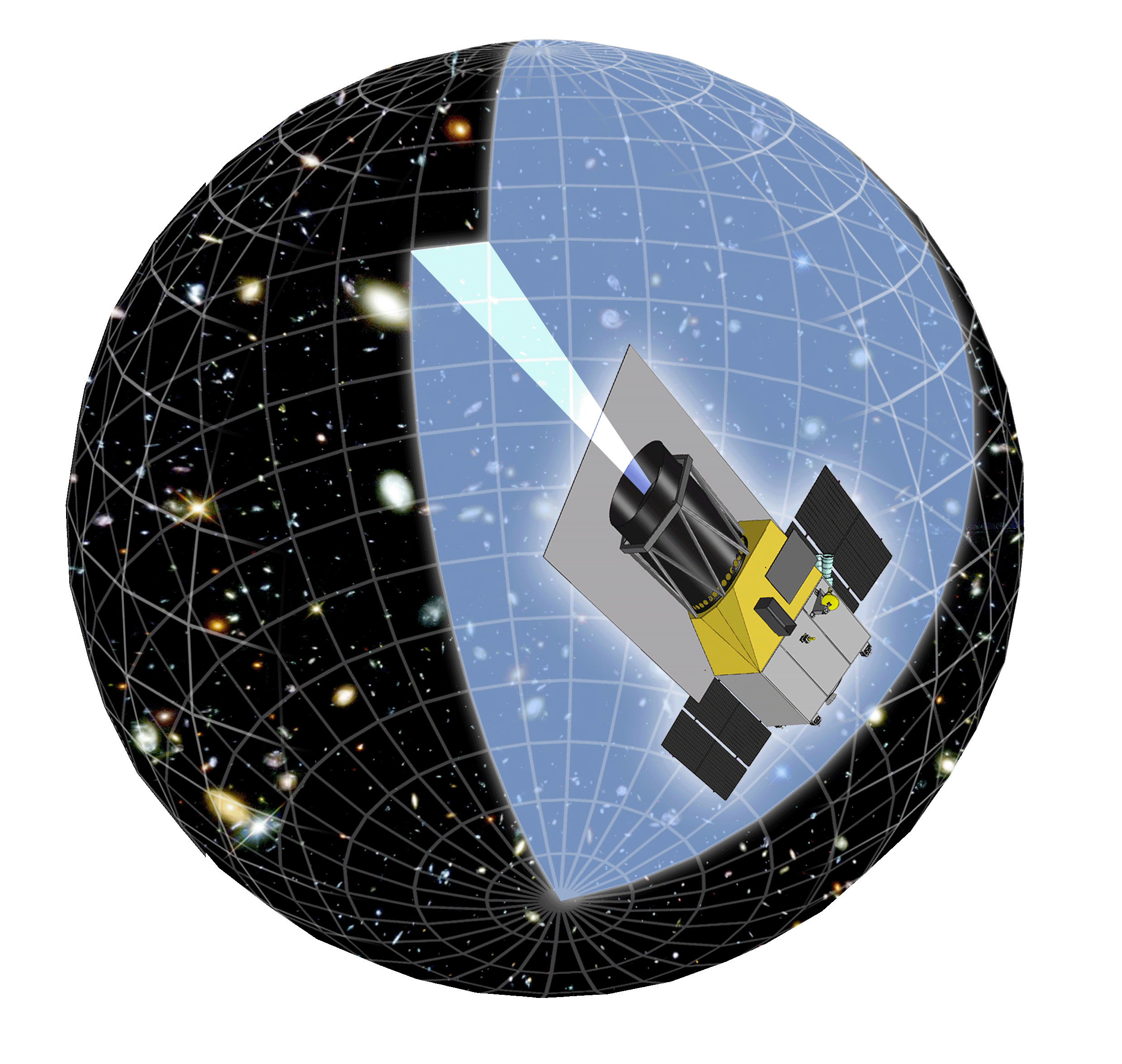
The Dark UNiverse Explorer (DUNE) is a wide-field space imager whose primary goal is the study of dark energy and dark matter with unprecedented precision. For this purpose, DUNE is optimised for weak gravitational lensing, and will also include Baryonic Accoustic Oscillations, galaxy clusters and the Integrated-Sachs Wolf effect as complementary cosmological probes. Immediate secondary goals concern the evolution of galaxies, the detailed structure of the Milky Way and nearby galaxies, and the demographics of Earth-mass exoplanets.
The recent measurements of the Cosmic Microwave Background anisotropies, Supernovae Ia, and large-scale structure concur to confirm the (Lambda-CDM) cosmological model. Paradoxically, this concordance model relies on three ingredients whose origin and nature are unknown: dark matter (CDM), dark energy (Lambda) and the fundamental field(s) driving inflation. The understanding of these ingredients is likely to revolutionise fundamental physics.
To study these ingredients and test gravity on large scales, the DUNE instrument consists of a 1.2m telescope with a combined visible/NIR field-of-view of 1 deg2. DUNE will carry out an all-sky survey in one visible and three near infra-red bands which will form a unique legacy for astronomy. The wide-field imager of DUNE will circumvent atmospheric effects, which limit ground based surveys, and provide both high statistics and low systematics.
DUNE has been the object of a pre-study phase (phase 0) by the French space agency (CNES) and has been selected by the European Space Agency (ESA) as one of the mission concept to be studied within its Cosmic Vision Programme.
It is now included in the EUCLID concept.
